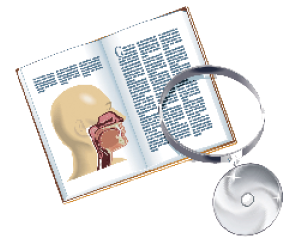 Background
Background
Computed tomography (CT) and magnetic resonance imaging (MRI) have become an essential part of the evaluation of pediatric sensorineural hearing loss (SNHL). Anomalies are found in 20 percent to 39 percent of patients, ranging from major anatomic abnormalities to subtle dysplasia. Although each aspect of the evaluation contributes to management and treatment options, disagreement persists with regard to the most cost-effective and clinically useful imaging studies in the evaluation of SNHL.
Explore This Issue
April 2013Best Practice
The decision to use CT or MRI should be made depending on the presentation of the SNHL (presence of mixed hearing loss, laterality, patient history, diagnosis of ANSD). In general, CT is able to capture many of the anatomic abnormalities that cause SNHL. Due to its lower cost and quicker procedure time, it may be a better initial choice in pediatric patients with unilateral or asymmetric SNHL or mixed hearing loss. However, in the case of ANSD, it is advisable to pursue MRI as the primary imaging study to determine the status of the cochlear nerve, auditory pathways and brain.
Moreover, if the patient is being evaluated as a candidate for CI, and depending on the underlying cause and degree of the SNHL, a dual approach may be useful as both a surgical planning, diagnostic and outcome tool. As MRI acquisition time becomes shorter and therefore more likely to be accomplished in children without sedation, MRI of the temporal bones and brain may become the initial study of choice in both straightforward SNHL as well as ANSD, with selected use of CT based on MRI findings or other clinical indications. Read the full article in The Laryngoscope.
Leave a Reply